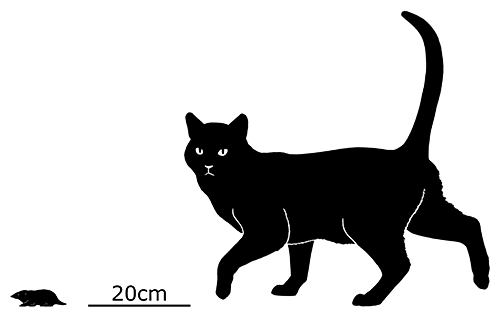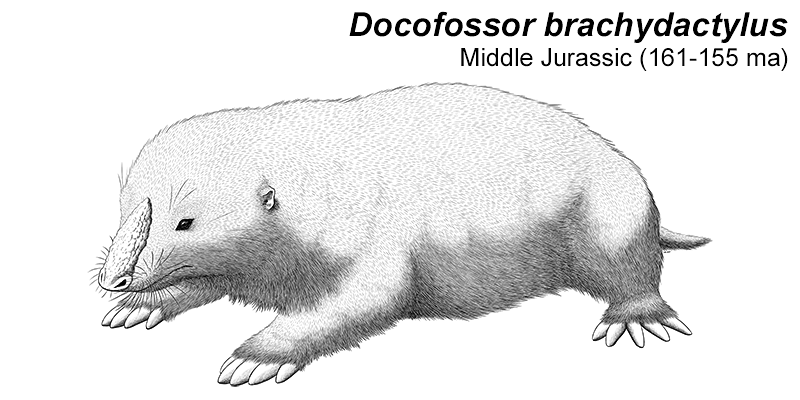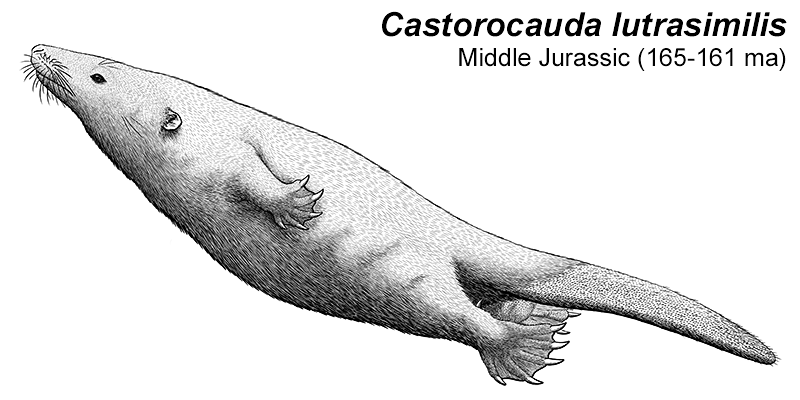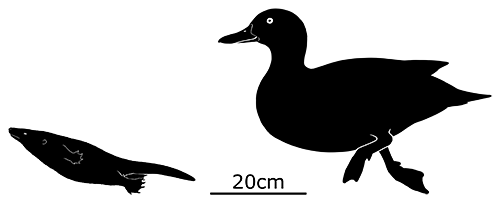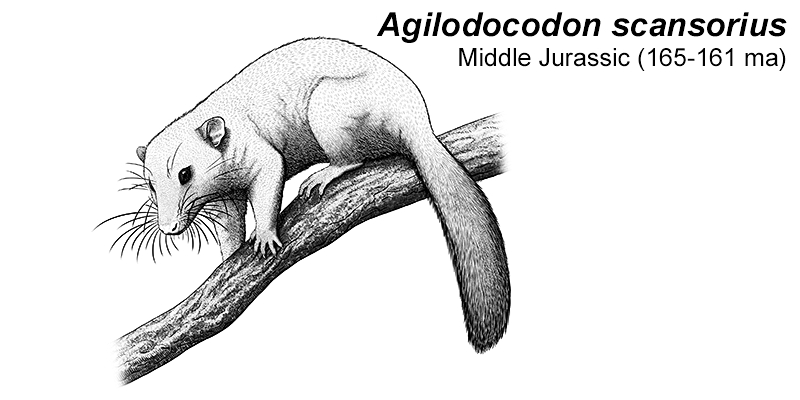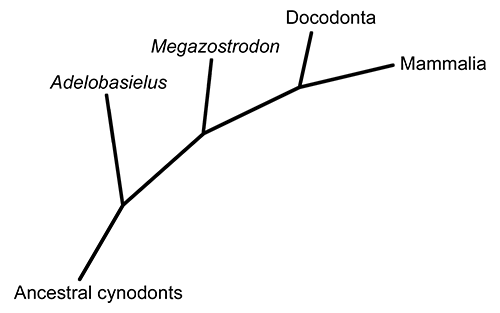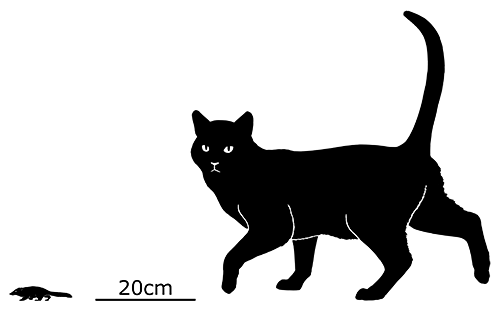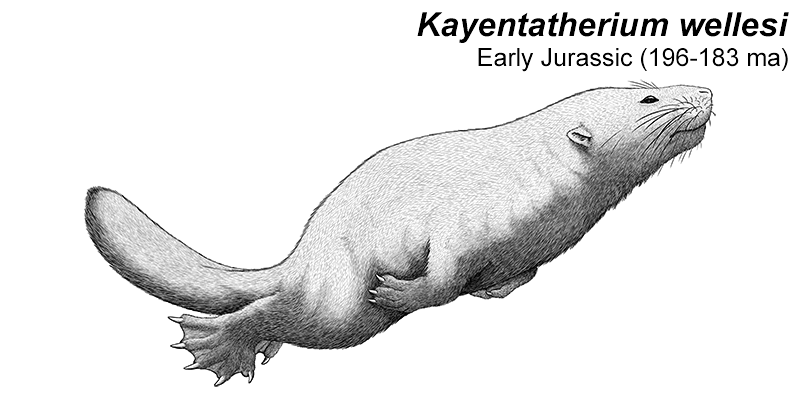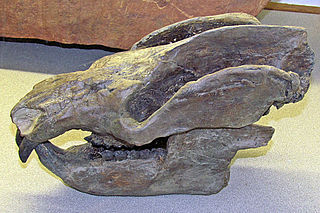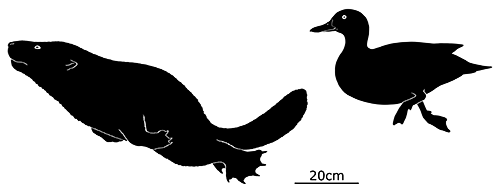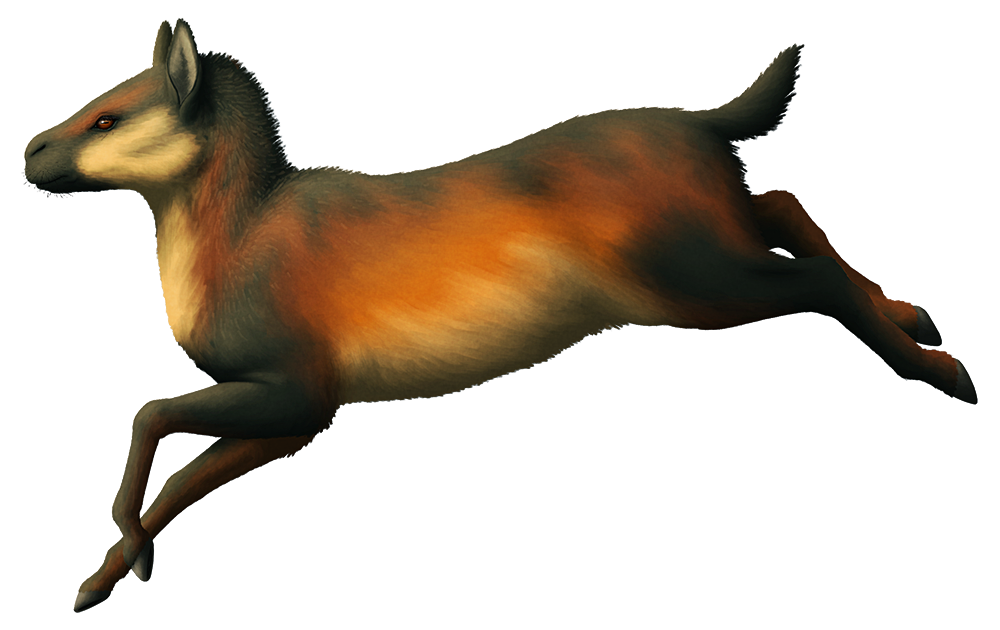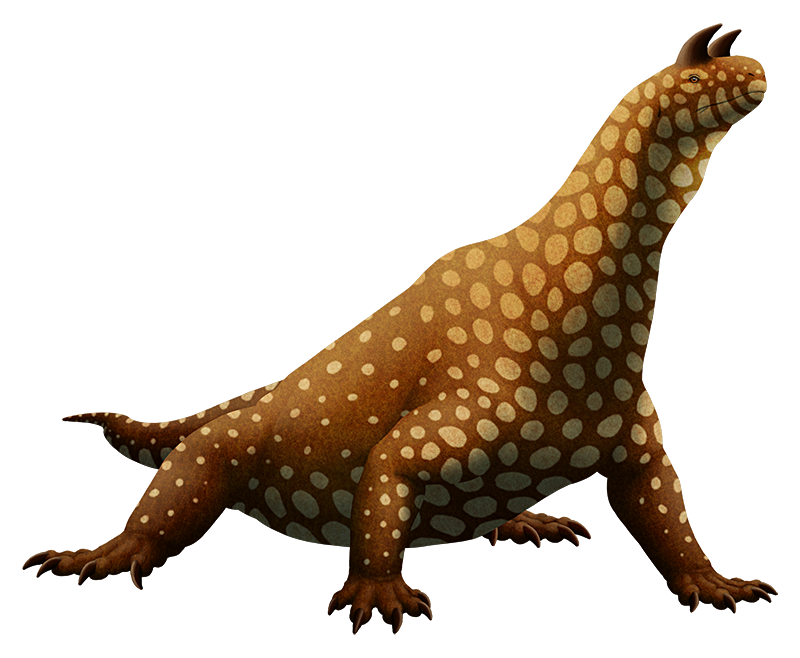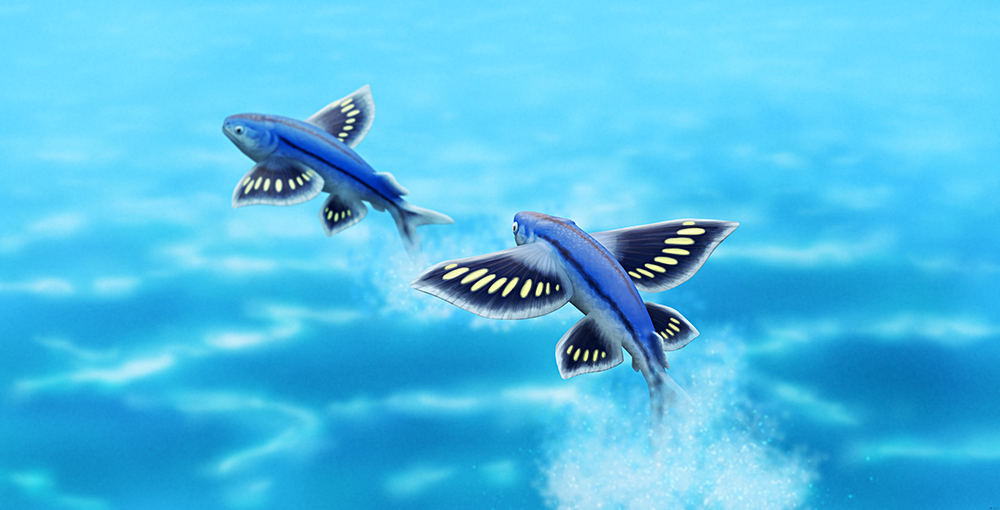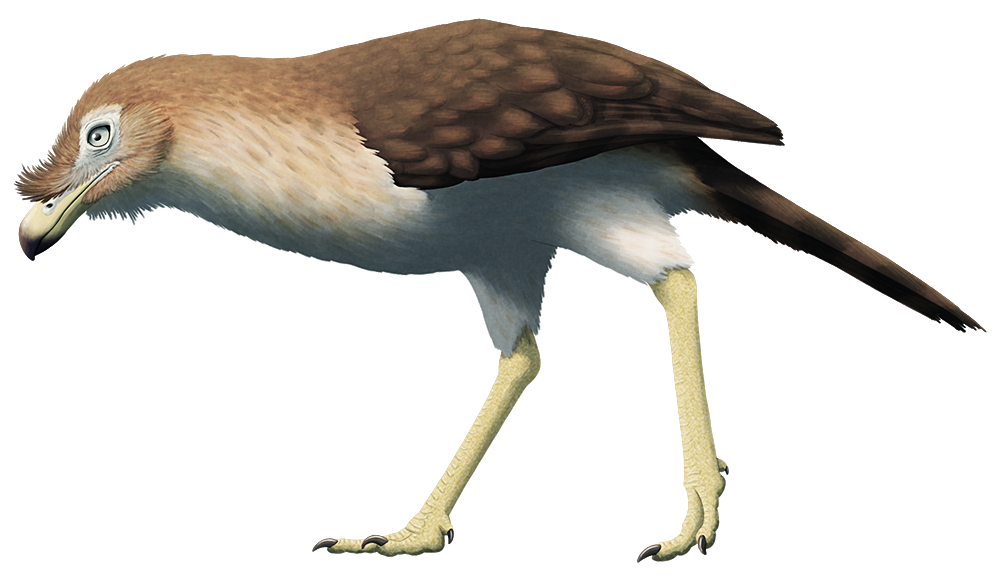Docofossor
The docodonts didn’t stop at exploiting ecological niches in the trees and water. Another branch of the group specialized into underground burrowing, developing convergent features remarkably similar to modern golden moles.
Docofossor is known from the Middle Jurassic of China (161-155 mya), and measured about 10cm long (4″). It had large shovel-like fingers, strong forelimbs, short sprawling hindlimbs, and pointed teeth adapted for capturing invertebrate prey. (I’ve also given it a patch of protective keratinized skin on its snout here, based on the related Haldanodon.)
It had a reduced number of bones in its fingers, a modification identical to some modern mammals – suggesting that these relatively “primitive” mammals were already using the exact same genes to regulate their anatomical development.
